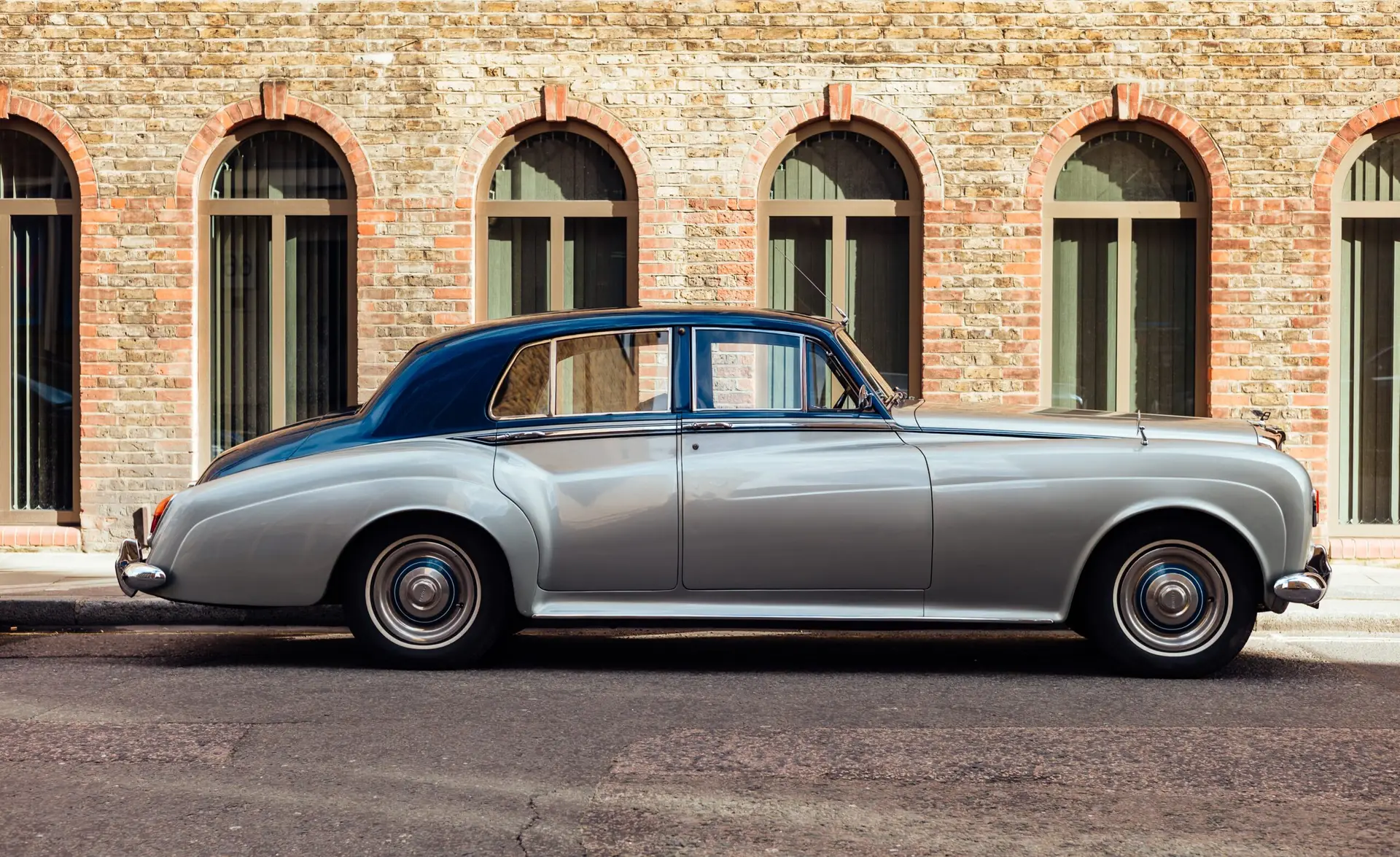Registering a vintage car in India is a meaningful way to preserve its history. Here’s a clear guide on the process.
1. Qualifying as a Vintage Car
Registering a vintage car in India not only adds historical value but also provides a special status. To qualify, the car must be over 50 years old, such as a 1968 Ambassador or a 1970 Premier Padmini. Gather essential documents like ownership proof, insurance, and clear photos. Submit your documents and Form 20 at the local RTO, where officials will verify the car’s authenticity. Once approved, you’ll receive a vintage number plate for exclusive events and exhibitions. For more on vehicle registration, visit our Car Buying Tips page on Motoryd.com, For more details, refer to the government’s official site.
2. Gather Necessary Documents
Prepare documents to prove your car’s authenticity:
- Proof of Ownership: Original purchase documents, registration certificates, or previous ownership proof.
- Insurance: Active insurance is needed, even if you only drive the car occasionally.
- Photos: Take clear photos of the car, focusing on unique or original parts.
- Manufacturing Certificate: Obtain a certification of the production date from the manufacturer or a recognized third party.
3. Submit the Application
Submit your documents to the Regional Transport Office (RTO):
- Complete Form 20: Accurately fill out the vehicle registration form.
- Pay Fees: Pay the registration fees as specified by your state.
- Schedule an Inspection: RTO officials will inspect the car to verify its age, authenticity, and condition.
4. Receive a Vintage Number Plate
After approval, the RTO will assign a unique number plate indicating its vintage status. These plates highlight the car’s authenticity and heritage.
5. Enjoy the Benefits, Mind the Restrictions
A vintage registration offers benefits, though it comes with certain limits:
- Usage: Vintage cars can’t be used daily or for commercial purposes. They’re allowed at exhibitions, parades, and special events.
- Reduced Costs: Vintage car registration often lowers taxes and insurance fees.
- Maintenance: Keep the car in its original state to retain its vintage classification. Major alterations could require re-approval.
6. Renew Regularly
Vintage registrations need occasional renewal. Pay the renewal fees and ensure you maintain the car’s original condition to keep its status.
Extra Tips for Vintage Car Owners
Protect the Car: Store the car in a sheltered, temperature-controlled space.
Routine Maintenance: Work with mechanics specializing in vintage cars.
Join Clubs: Vintage car clubs provide access to events, support, and a community.

